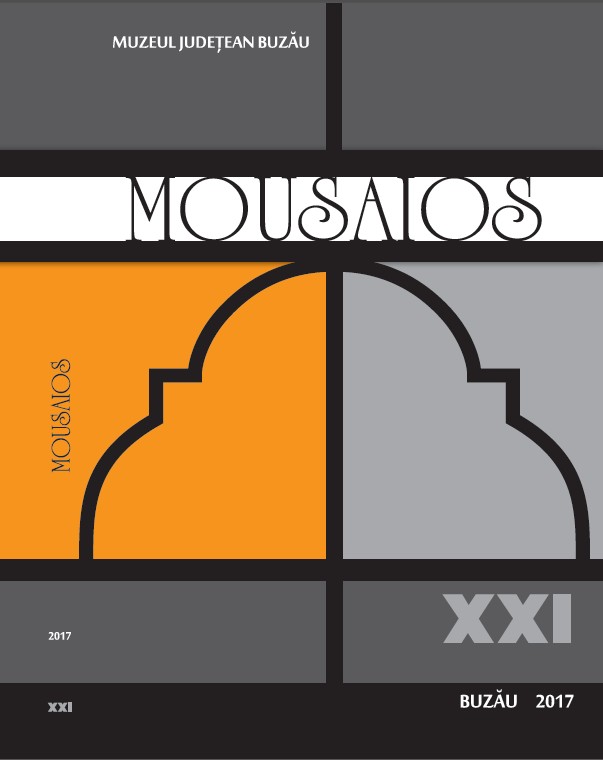ENEOLITICUL TÂRZIU ÎN NORD-ESTUL CÂMPIEI ROMÂNE. CÂTEVA REMARCI PRIVIND AMPRENTA CULTURALĂ LOCALĂ
THE LATE CHALCOLITHIC HORIZON IN THE NORD-EASTERN PART OF THE ROMANIAN PLAIN. SOME REMARKS ON THE LOCAL IDENTITY
Author(s): Roxana MunteanuSubject(s): Archaeology
Published by: Muzeul Judetean Buzău
Keywords: Late Chalcolithic; Cernavoda I; Cucuteni B;
Summary/Abstract: The paper discusses the main features of some Late Chalcolithic pottery assemblages originating on the north-eastern Walachia. Prior identified as Cernavoda I, Cucuteni B or “Cucuteni-Cernavoda admixture” these ceramic inventories are composed of almost equal parts of painted vessels, fine gray wares and coarse pottery. The author argues the plausibility of the cultural labels attributed to these assemblages, taking into account facts regarding the material culture within the local and the northern (Cucuteni) milieu. The few radiocarbon data extracted from local archaeological contexts are also discussed. While these data fall broadly towards the middle and the second half of the 4th millennium, the ceramic assemblage seems to be relegated to the first half of the same period.The unique setup of the ceramic assemblages from Eastern Romania (northern part of the Romanian Plain) is linked to the natural milieu and to the position of the communities creating the sites from Pietroasa Mică, Sărata Monteoru, Şoimeşti Râmnicelu, Orlovka (and others) in a buffer zone between Cucuteni and Cernavoda.This specific layout “between cultures” constitutes also one of the main cultural features of the previous millennium, when the area is dominated by the Cucuteni-Gumelniţa admixture - Stoicani-Aldeni facies.
Journal: Mousaios
- Issue Year: 2017
- Issue No: 21
- Page Range: 45-55
- Page Count: 11
- Language: Romanian

